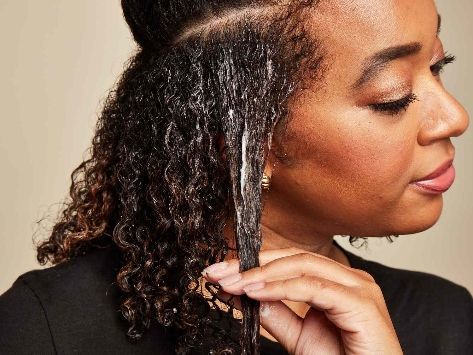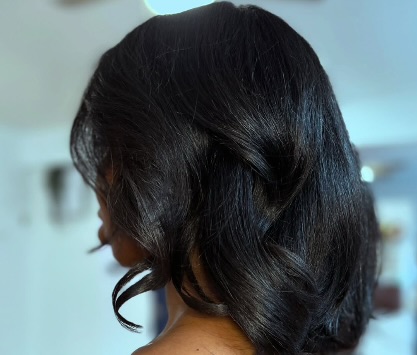Cutting hair while wet is a technique that has sparked debate among hairstylists and hair enthusiasts alike.
Some swear by it for its precision, while others caution that it can lead to unintended damage or inaccurate results.
Understanding the pros and cons, along with best practices, can help you decide if wet cutting is right for you and ensure your hair stays healthy.
One of the main advantages of cutting hair wet is control. Wet hair is easier to comb through and detangle, allowing stylists to see the hair’s length and section it neatly. This can result in cleaner, more precise cuts, especially for layered styles or blunt edges. Additionally, wet cutting can help reduce the risk of flyaways and uneven snipping because the strands stick together naturally when damp.
However, wet cutting isn’t without its drawbacks. Hair stretches when wet, so the final length may appear shorter once it dries. This can lead to surprises if the stylist doesn’t account for shrinkage, particularly with curly or textured hair. Cutting wet hair can also make it harder to assess how the hair will behave in its natural state, potentially affecting volume, curl pattern, and overall shape.
To trim or style hair wet without causing harm, follow some essential guidelines. First, ensure your hair is clean and detangled using a wide-tooth comb to minimize breakage. Use sharp, professional scissors designed for hair; dull blades can cause split ends and frayed edges. Work in small sections and cut gradually, checking frequently to ensure evenness.
For curly or highly textured hair, many stylists recommend the “dry cut after wet cut” approach: perform initial trims on damp hair to remove bulk, then dry the hair and make final adjustments. This method respects the hair’s natural shrinkage and pattern, preventing uneven layers or over-cutting.
Avoid excessive tension during wet cutting, as pulling hair too tightly can strain follicles and lead to breakage. After trimming, apply a nourishing leave-in conditioner or oil to restore moisture, smooth cuticles, and protect against future damage.
In conclusion, wet cutting can be an effective method for achieving clean, precise styles if done carefully. By understanding hair behavior, using the right tools, and following safe techniques, you can trim and style wet hair without compromising its health, keeping every strand strong, shiny, and perfectly shaped.





